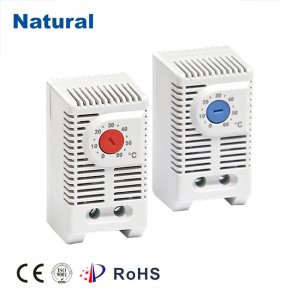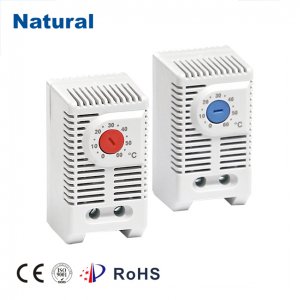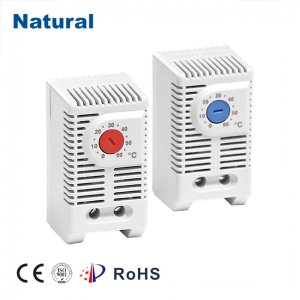A control panel thermostat is an essential component in many systems, particularly in homes, businesses, and industrial settings. It serves as the interface through which users can control and adjust the temperature in a space, ensuring comfort, energy efficiency, and overall system performance. In this article, we will explore the functionality, benefits, and types of control panel thermostats, as well as their impact on modern heating, ventilation, and air conditioning (HVAC) systems.

What is a Control Panel Thermostat?

A control panel thermostat is a device that helps regulate the temperature within a specific environment. It is typically a part of HVAC systems, but it can also be found in various other devices such as refrigerators, ovens, and industrial equipment. The thermostat acts as the interface between the user and the climate control system, allowing users to set, monitor, and adjust the desired temperature to maintain a comfortable environment. The control panel is where users interact with the thermostat. It typically features buttons, dials, or a digital screen to input the desired temperature or settings. The thermostat then communicates with the HVAC system, signaling it to heat or cool the space as needed. Some modern control panels even allow users to set schedules, adjust humidity, or control multiple zones independently, all from one centralized interface.
